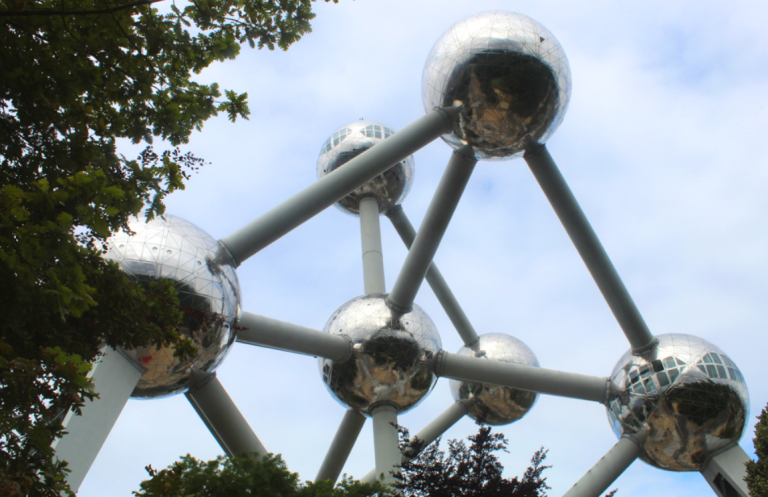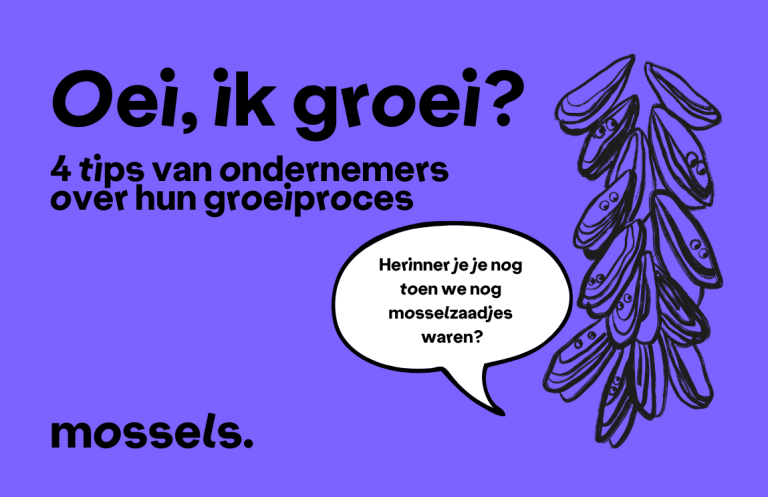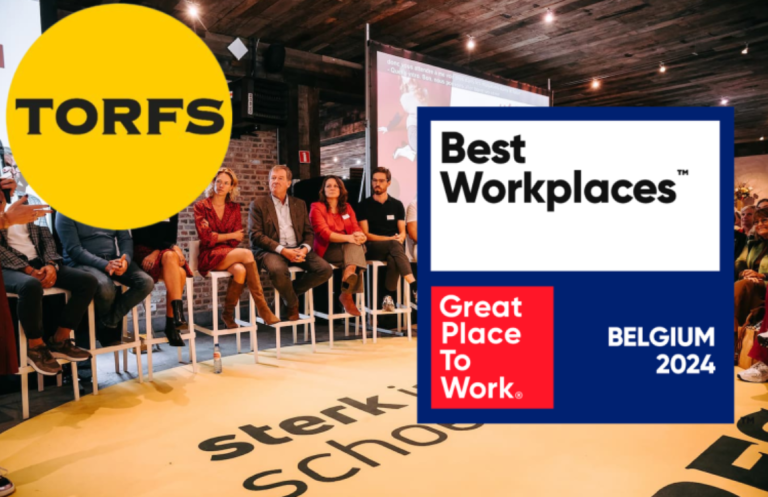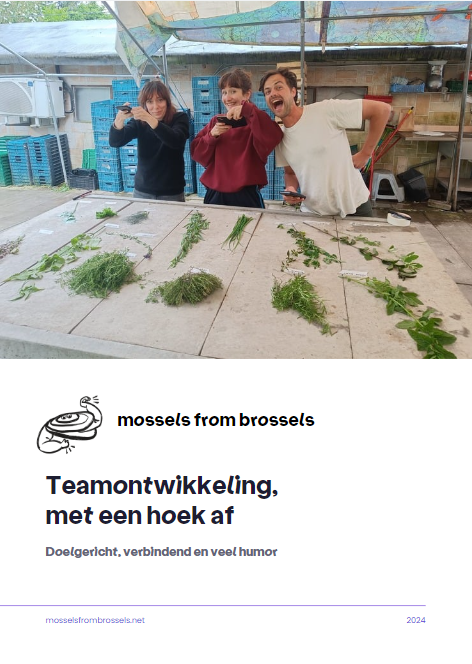14 tips for optimal meetings in your organization
Meetings are essential for effective communication and collaboration within organizations. Unfortunately, poorly managed meetings can waste a huge amount of time.
What do you pay attention to to make those meetings really work? We help you on your way with 14 tips so that your next meeting will also be more productive and efficient.
In this article
Tip 1: Create a safe setting
Trust is the basis for Open communication. People only share ideas and concerns when they are safe feel. You too will probably only share something in a meeting when you are comfortable.
Therefore, build a culture of to trust and openness where everyone feels heard and valued. And remember: dLong-term conflicts are necessary in optimal cooperation.
Tip 2: Check-in and check-out
Checking in at the start of a meeting helps to understand how everyone is feeling. This prevents misunderstandings and ensures that everyone is on the same page wavelength before the content is discussed. This also makes it immediately clear what can be expected during the course of the meeting.
Checking out helps to to confirm whether everyone is on board and offers space for any questions or feedback. Were expectations met?
Tip 3: Preparation is half the battle
Please send the agenda round and make sure tasks from the previous meeting are clearly agreed upon. Start the meeting with small status updates of tasks and hold each other accountable.
This ensures that everyone knows what is expected of them and helps keep the meeting effective.
Tip 4: Recurring rhythm in meetings
Set a fixed rhythm for meetings. This way everyone knows where and when the next meetings will take place.
You probably already know this, but people are creatures of habit. A regular schedule helps us to prepare better. Also plan the agenda and topics in advance to save time and keep the meeting efficient.
Tip 5: Agree on and rotate roles in the meeting
Various roll in a meeting, capturing ensures that we are in the meeting from a certain point of view. Use the Six Thinking Hats method to gather information (white hat), think positively (yellow hat), assess risks (black hat), express emotions (red hat), stimulate creativity (green hat), and manage the thinking process (blue hat).
In addition, work roles such as speaker, questioner, secretary, chairman and observer help keep the meeting structured and productive.
Tip 6: Individually where possible, together where necessary
Many organizations have a meeting culture where managers run from one meeting to another. Although they are important, time limited and you want to use it as productively as possible. Many things can also be done asynchronously, such as collaborating on documents and giving digital feedback.
Tools like online editing documents, chat programs and online brainstorming tools can help with this and reduce the need for frequent meetings. Please note: a tool never replaces people 😉
How does your team score in collaboration?
Tip 7: From divergent to convergent thinking
Start with a divergence phase where everyone can give broad ideas. This creates multiple perspectives and more creative solutions.
Then you narrow down to a convergence phase in which decisions are made and actions are determined. This helps to translate the best ideas into concrete steps.
Tip 8: Action and goal oriented
Set a clear goal before the meeting and assign actions to specific people. Make sure everyone knows what goal we are working towards so that targeted and effective actions are taken.
End every meeting with the to appoint of action points and assign them to someone. When no one takes on a task or when everyone takes on a part, it often does not happen or is done incompletely.
Tip 9: Work methodically
Work with a fixed methodology for meetings: check in, define scope and problem definition, divergence and convergence phases, define actions and check out.
This ensures a structured and productive meeting.
Tip 10: Use Energizers
Use energizers to warm people up and keep their attention.
Small movement exercises or association exercises can help stimulate the brain and make the session more fun and interactive.
Tip 11: Motivate people to take action
Start with the why. Even though we only give this as the 11th tip ;).
Make clearly why action is needed and what the benefits are. When people understand what is in it for them, they are more motivated to take action.
Clarity about the scope and the problem helps with this.
Tip 12: Clear and transparent communication
Communicate custom made of what people need and their role. This can be done by ensuring that notes and reports are read by communicating regularly and relevantly.
Reiterate key points and ensure clarity on expectations and responsibilities.
Tip 13: Clear and achievable expectations
Work with realistic and achievable objectives. Determine together with your team what the focus is on and what is not done.
This helps to prevent overload and maintain focus on what is really important.
Tip 14: Make it fun and connecting
People want to have fun and socialize. Make your meetings fun and active so that the creativity is stimulated within your team. This creates a positive and productive atmosphere in which everyone is happy to contribute.
Because nobody wants a boring meeting, right?
Taking steps towards optimal meetings?
These 14 tips will help you transform meetings from a time-consuming obligation into a productive and motivating activity.
Do you need an extra incentive to improve your team's collaboration? Discover our offer.



